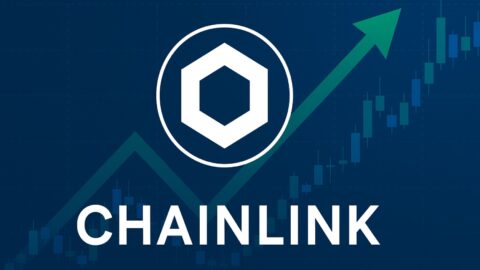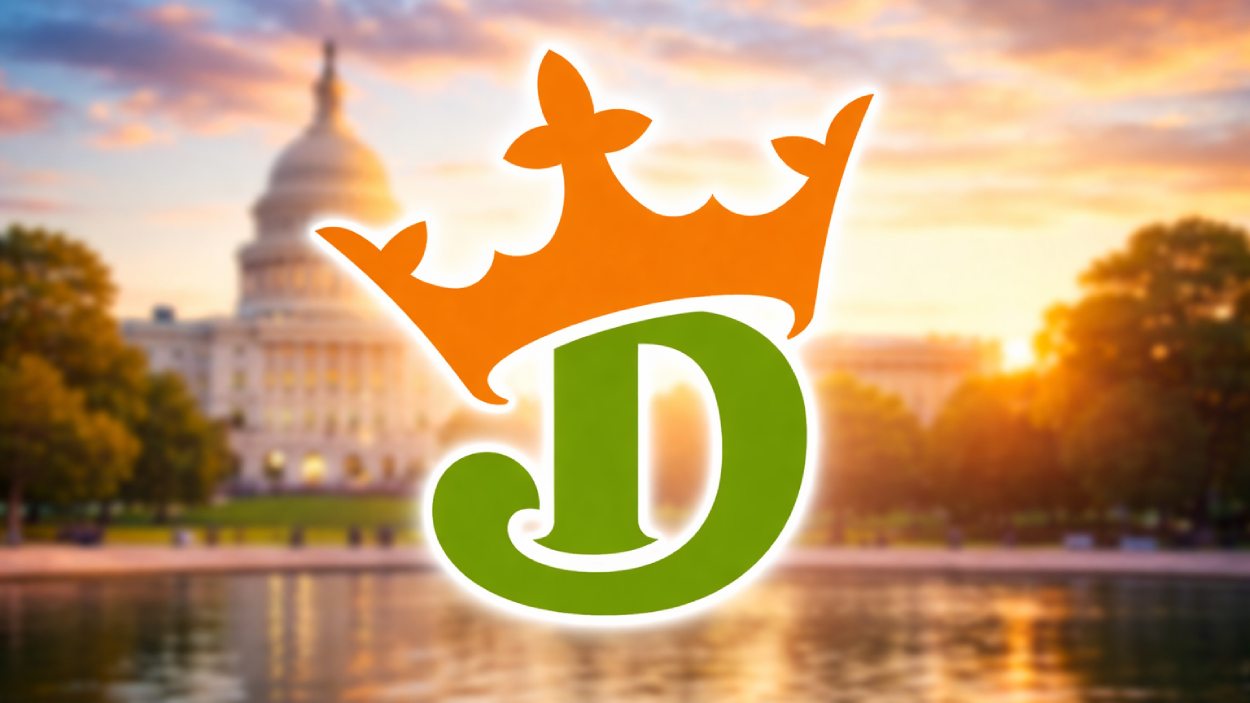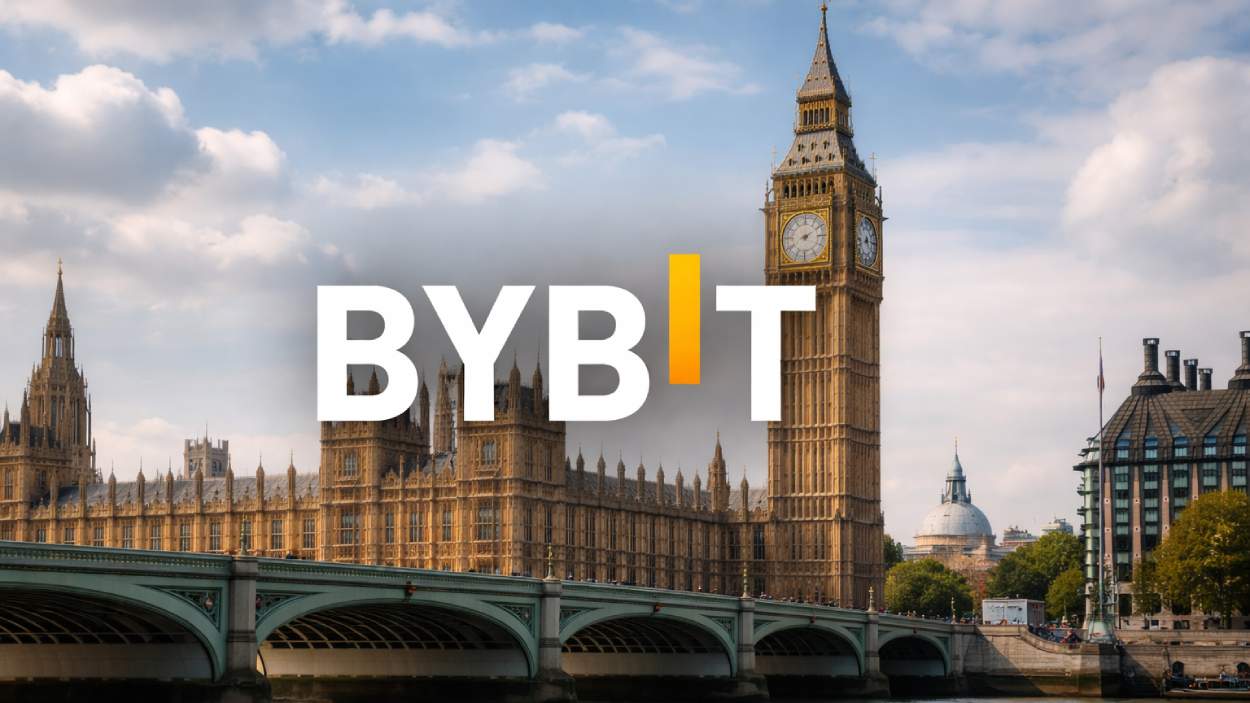October marked a historic month for prediction markets, with both Kalshi and Polymarket reaching record-breaking trading volumes driven by surging interest in sports betting, election markets, and upcoming token incentives.
Key Takeaways
- Kalshi led with $4.4 billion in trading volume, setting a new monthly record and surpassing Polymarket for the first time.
- Polymarket hit all-time highs with $3.02 billion in volume and nearly 478,000 active traders, showing massive user growth after months of decline.
- Both platforms benefited from a rise in sports betting, election speculation, and token airdrop rumors.
- Polymarket is preparing a U.S. relaunch and confirmed plans for a POLY token airdrop, while Kalshi eyes expansion through Robinhood integration and Web2-friendly access.
What Happened?
In October 2025, decentralized platform Polymarket and regulated platform Kalshi both saw their highest-ever trading volumes, signaling a strong revival of the prediction market sector. While Polymarket enjoyed explosive user growth and market activity, Kalshi edged ahead in total volume for the first time, thanks in part to a massive uptick in sports-related markets.
JUST IN: Kalshi prediction market sets record $4.39 billion in monthly volume for October. pic.twitter.com/A61WCczuKn
— Whale Insider (@WhaleInsider) November 3, 2025
October’s Prediction Market Surge
Prediction markets surged in popularity last month, with combined platform volumes reaching $7.4 billion. That figure surpasses Polymarket’s total volume from its first four years and beats the previous joint monthly high of $4 billion from November 2024 during the U.S. Presidential election cycle.
- Kalshi recorded $4.4 billion in trading volume.
- Polymarket followed with $3.02 billion, a 93.7% jump from September.
- Kalshi’s final October week alone contributed nearly $1 billion.
- Polymarket launched 38,270 new markets, triple the number in August.
Kalshi’s strong October was driven largely by sports betting, with $1.1 billion in sports volume recorded between October 20 and 27, compared to only $51 million in political prediction markets. Polymarket also saw a boost from sports, hitting $357 million in related volume during the same period.
Platform Strategies and User Growth
Polymarket set new records across multiple metrics:
- 477,850 monthly active traders, surpassing its previous high from January.
- 76,000 active wallets, a new record since the 2024 election season.
- Nearly doubled its user count from September, which had 246,610 users.
Kalshi, meanwhile, used its offchain model to appeal to a broader audience, especially with its Robinhood integration which simplified access for non-crypto users. This gave it a competitive edge over Polymarket, which still requires users to hold crypto assets and wallets.
Airdrops and Regulatory Shifts
Polymarket has confirmed it will launch its native POLY token, with an airdrop set to reward users. This announcement likely drove a spike in platform activity, as users raced to meet eligibility criteria in anticipation.
The platform is also preparing to relaunch in the U.S. by the end of November, following its 2022 exit after a $1.4 million settlement with the Commodity Futures Trading Commission. Encouragingly, the CFTC has since signaled a more open stance toward prediction markets, hinting at a regulatory landscape more receptive to innovation.
Kalshi does not currently use crypto, but growing user interest suggests speculation around future blockchain integrations. The platform also raised $300 million at a $5 billion valuation, with Bloomberg reporting new investment offers valuing Kalshi as high as $12 billion.
Election Markets Still Matter
Despite the rise of sports betting, politics remains a key focus. The New York mayoral election was the top political market, with Kalshi reporting over $71 billion in volume and Polymarket recording $365 million.
However, both platforms faced criticism after misjudging results for the Dutch elections, raising questions about the accuracy and reliability of these tools for current events.
CoinLaw’s Takeaway
In my experience, October 2025 has been a watershed moment for prediction markets. The numbers speak for themselves. What excites me most is not just the raw volume, but how diverse the user base and markets have become. Whether it’s sports, politics, or financial outcomes, more people are exploring how to profit from insights and probabilities. I found the POLY token announcement particularly fascinating, because it shows how Polymarket is blending crypto incentives with real-world speculation. Meanwhile, Kalshi is proving that a non-crypto model can thrive too, especially when paired with smart partnerships like Robinhood. For investors, regulators, and even casual users, this space is one to watch very closely.
Hover or focus to see the definition of the term.

























































